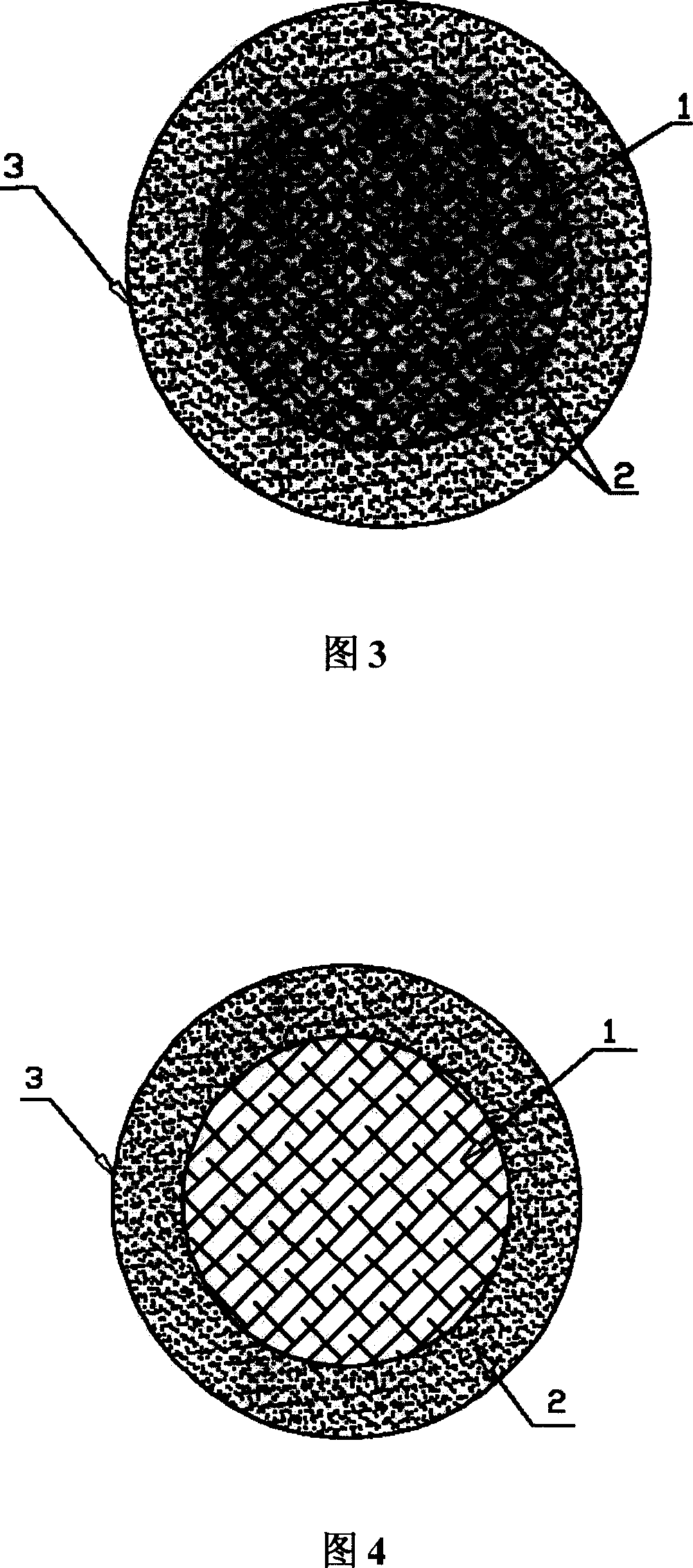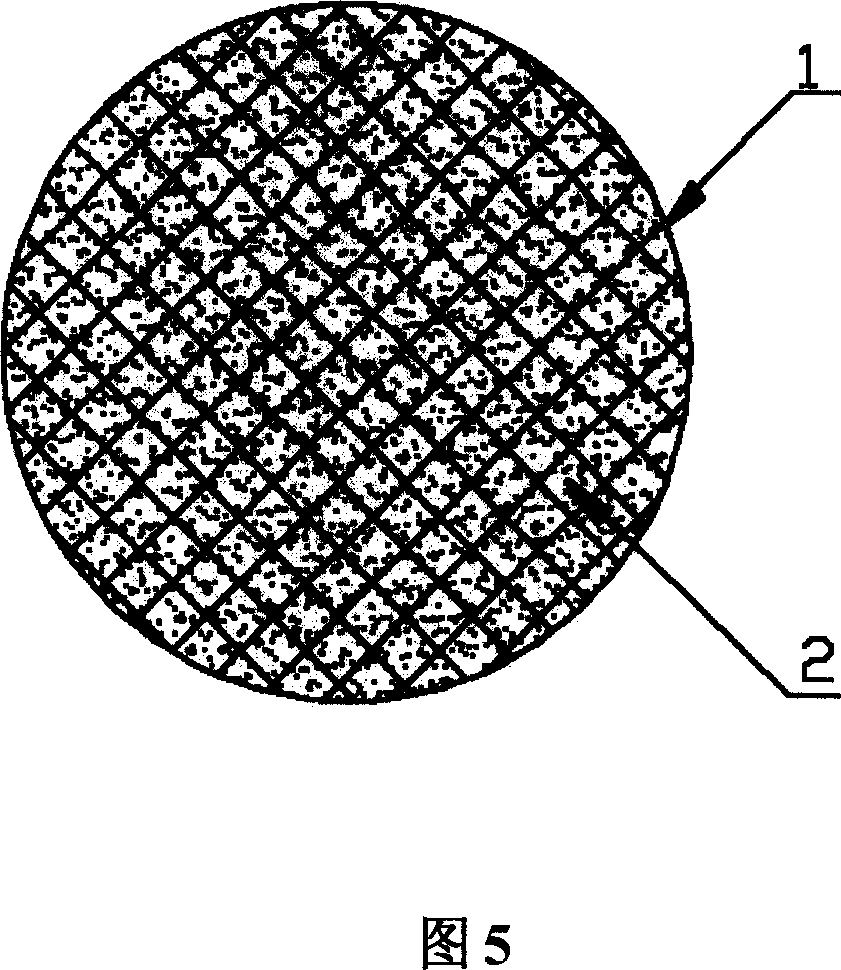Photo-sensitive stent with restricture-proof function
A restenosis, photosensitive technology, applied in the field of biomedical engineering, which can solve problems such as limited laser penetration depth
- Summary
- Abstract
- Description
- Claims
- Application Information
AI Technical Summary
Problems solved by technology
Method used
Image
Examples
Embodiment 1
[0019] Example 1: Observe the high-intensity focused ultrasound sensitization effect of photosensitizers on cultured cells in vitro: culture target cells: select vascular smooth muscle cells, and routinely culture them with DMEM culture medium containing 10% calf serum at 37°C containing 5% carbon dioxide, in an incubator saturated with water vapor; then, take target cells in the logarithmic growth phase (2×10 4 ) cells, add a photosensitizer such as hematoporphyrin, and incubate for 12 to 16 hours in an incubator containing 5% carbon dioxide and saturated water vapor at 37°C, because some photosensitizer hematoporphyrin may not be phagocytized by the target cells, and it is still free in the culture Therefore, before light irradiation, wash several times to remove the residual hematoporphyrin in the culture medium; then, apply a laser (He-Ne laser, its wavelength is 632.8nm, the output power is 0mW-100mW continuously adjustable, and the optical fiber is continuous output) to ...
Embodiment 2
[0021] Example 2: Pour the photosensitizer aloe-emodin into absolute ethanol, mix well and then filter and ultrasonically exhaust to make an aloe-emodin solution; then, take out a body lumen bracket and place it in the aloe-emodin solution , take it out after dipping for 10 seconds to 4 hours; dry it with nitrogen; repeat the above steps 1-3 times, and finally dry it with nitrogen to obtain a photosensitive stent as shown in Figure 4.
[0022] In this Example 2, the selected photosensitizer is a safe and non-toxic photosensitizer that can be selectively located in proliferative tissue cells. In addition to aloe-emodin, it can also be aluminum phthalocyanine, 5-aminoacetyl acetyl acid, hypocretin derivatives, monoasparagine chlorin, dexaphenanthium lutetium, rose bengal, hematoporphyrin, or hematoporphyrin monomethyl ether, etc.
Embodiment 3
[0023] Example 3: Add the photosensitizer aluminum phthalocyanine into polyamine acid (polyamine acid) and stir well, then apply the obtained liquid on the surface of the endoluminal tube stent; dry it naturally or blow it dry with nitrogen; the obtained solution is shown in Figure 4 The photosensitive scaffold shown.
PUM
 Login to View More
Login to View More Abstract
Description
Claims
Application Information
 Login to View More
Login to View More - Generate Ideas
- Intellectual Property
- Life Sciences
- Materials
- Tech Scout
- Unparalleled Data Quality
- Higher Quality Content
- 60% Fewer Hallucinations
Browse by: Latest US Patents, China's latest patents, Technical Efficacy Thesaurus, Application Domain, Technology Topic, Popular Technical Reports.
© 2025 PatSnap. All rights reserved.Legal|Privacy policy|Modern Slavery Act Transparency Statement|Sitemap|About US| Contact US: help@patsnap.com



